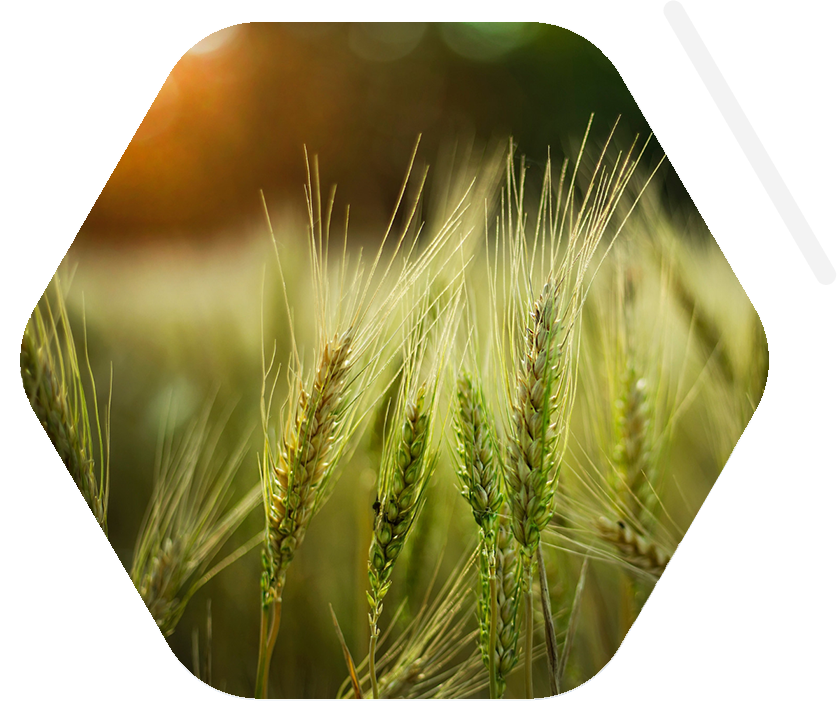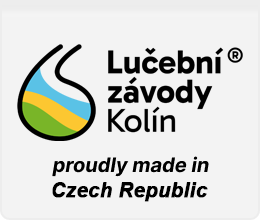Insecticides are substances designed to kill insects in their various stages of development. Insects can be not only unpleasant and intrusive for humans, but they can also transmit various infectious diseases. However, the biggest threat is the effect of insects as pests on agricultural crops. Insecticides are claimed to be a major factor behind the increase in the 20th-century’s agricultural productivity.
Pyrethroids
Pyrethroids are the most spread commercial household insecticides. In low concentrations they are generally harmless to human beings. They are usually destroyed by sunlight and by atmosphere in two days and do not pollute groundwater.
Synhydrid® can be used e.g. during synthesis of pyrethroid Resmethrin which is US approved broad spectrum insecticide effective against a wide range of crawling and flying pests like mosquitos, fleas, house flies, blackflies, wasps, hornets, ants etc.
Insecticidal pheromones
As the ecological and toxicological requirements for commercial insecticides are still increasing there is a necessity to find novel possibility how to control pest presence on the agricultural crops. One of the interesting solution already used provides pheromones. Pheromones are natural compounds released by insects that influence behavior of the other individuals. Pheromones released due to help for finding of mate are called sex pheromones. These pheromones are usually released by females to attract male individuals. It means that the male is navigated to closest female by a pheromone track. The same pheromones can be prepared synthetically. What does it happen, when this pheromone will be sprayed on the field? The sex pheromone for specific undesirable pest will be spread everywhere. In this case pheromone cannot be used by male to find a way to female, mating process will be disrupted and the insect will be not able to reproduce.
This process of mating disruption will lead to decrease of pest population in treated location. In comparison with conventional insecticides which kill larvae of the undesired insect, pheromone insecticides kill nothing. They only hinder insect from reproduction. Moreover, during time pests obtain resistance against conventional insecticides which try to kill them. Using of insecticidal pheromones will not be affected by such increase in resistance. For control of specific pest occurrence so called pheromone traps are used to catch pest species and to discover the beginning of pest proliferation. If the pest occurrence will be found out whole field can be sprayed to prevent further reproduction of pests. As the pheromones are natural products used by insect alone, their toxicity and ecotoxicity are extremely low.

(Z)-9-Tetradecen-1-yl acetate
Synhydrid® is used during synthesis of (Z)-9-Tetradecen-1-yl acetate which is sex pheromone attracting males of fall armyworm moth (Spodoptera frugiperda). Fall armyworm moth comes from America, but in period 2016-2019 it began to spread intensively to Africa and Asia. In 2019 China had huge problem with it. Its larvae eat the corn, rice, tobacco, cotton plants etc. and they are able to destroy all the field almost over the night. It is the most dangerous pest for corn crops. New modern and cost-effective synthesis of Z-9-Tetradecenyl Acetate was developed by US company Provivi. This synthesis is patented by Provivi patent US9776179. Synhydrid® is used during this synthesis for the reduction of methyl (Z)-tetradec-9-enoate to (Z)-tetradec-9-en-1-ol.
(Z)-11-Hexadecen-1-yl acetate
(Z)-11-Hexadecen-1-yl acetate is sex pheromone attracting males of fall armyworm moth (Spodoptera frugiperda), beet armyworm moth (Spodoptera exigua) and Diamondback moth (Plutella xylostella). Synhydrid® can be used in this case for the reduction of (Z)-hexadec-11-enoate to (Z)-hexadec-11-en-1-ol.
(E,Z)-7,9-Dodecadien-1-yl acetate
(E,Z)-7,9-Dodecadien-1-yl acetate is sex pheromone attracting males of the European grapevine moth (Lobesia botrana). European grapevine moth species is native to Southern Italy. It can be found in Southern Europe, North Africa, Anatolia and the Caucasus. In recent past it has been introduced into Japan, Chile and Argentina. During synthesis of (E,Z)-7,9-Dodecadien-1-yl acetate Synhydrid® can be similarly used for the reduction of carboxylic acid methyl ester to corresponding alcohol.






